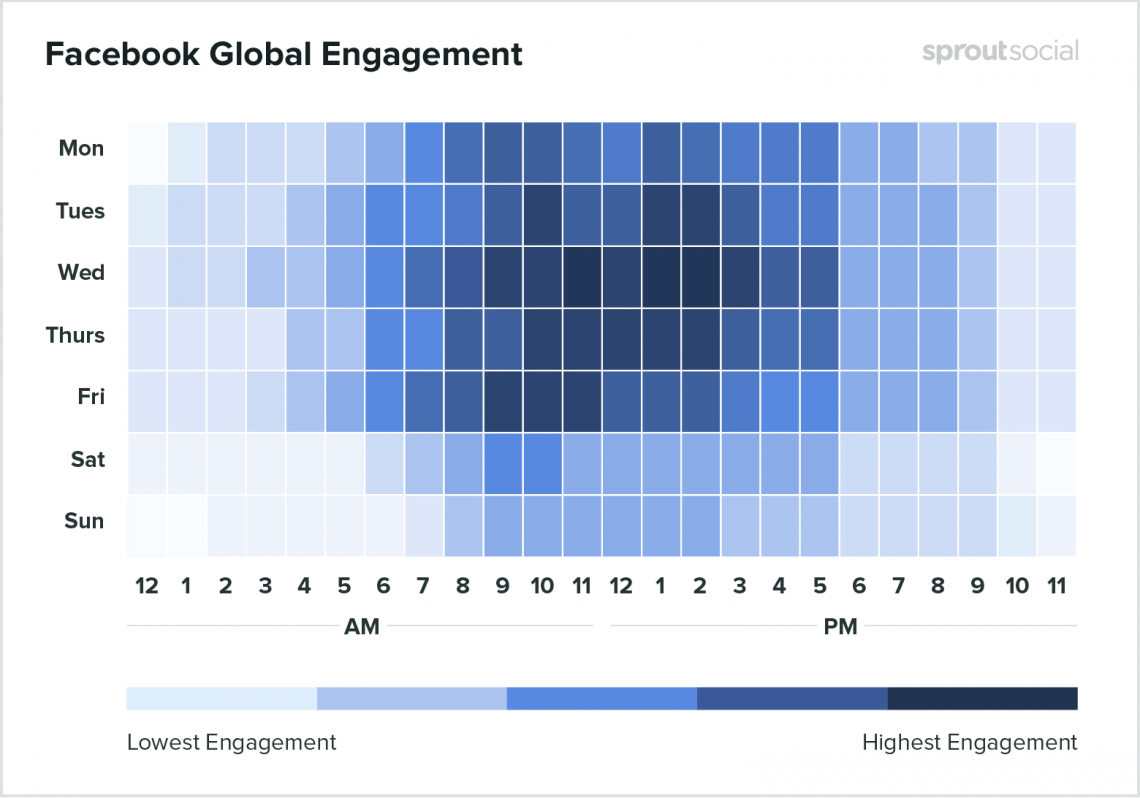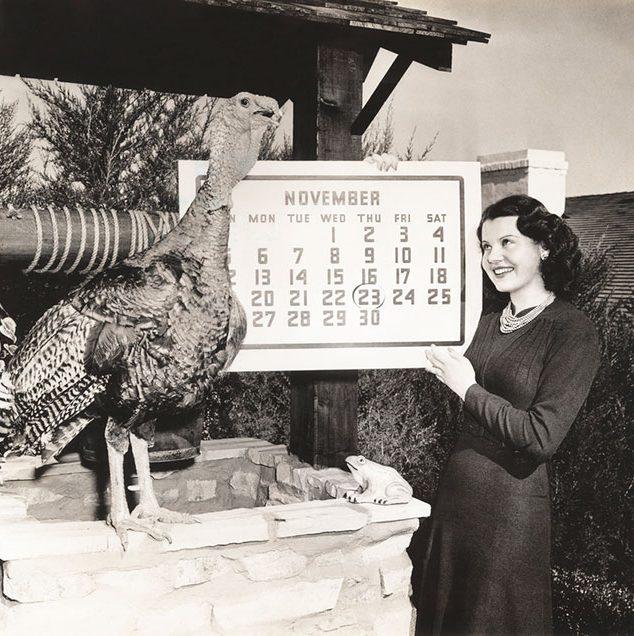7 Social Media Pro Tips for Small Businesses
Although small businesses are the most vulnerable to economic disasters, it is easier for them to adapt quickly and go online.
Small business sales on the Internet can happen through a company’s website, eCommerce platforms, or their public pages on social media.
And regardless of the way you choose to sell your products, social media might also be the place where you meet your potential clients for the first time. Whether this meeting ends with a strong friendship or business potential — depends on your communication strategy.
In this article, we describe some proven approaches to social media management to help you increase your post reach and user engagement with very little effort.
#1 No generalization. Consider the target client’s profile
The target client profile is a detailed description of a typical representative of your target audience. It includes demographics, geography, psycho-emotional description, financial status, goals and fears, lifestyle, education, habits, and more.
The difference between a portrait of a target audience and a client profile is that the profile describes a specific person, not a generalized one. You can create customer profiles based on information collected on your existing customers or your online observations. A great way to narrow in on your target audience is through detailed surveys.
Every time you want to create a Story or post on a particular topic, you can ask yourself how Anna (or John, or Peter), whose profile you have at hand, will react to this. This approach is insightful so it could prevent small businesses from wasting advertising budgets on vague and generalized communication with an abstract audience.
#2 Opt for automated content uploading
Yes, the content and frequency of your posts are of the utmost importance. However, it is content uploading that often takes away valuable work hours from your managers, which they could spend on generating new texts and amazing visuals.
We advise you to get on board with one of the hundreds of content scheduling software. In 2020, you can choose from Later, Feedly, Sprout Social, CoSchedule, and Buffer to save time and automate this process to be even more productive in the long run.
#3 Keep being visual, active, and memorable. But in a smart way
Yes, in 2020 it sounds like an obvious advice. However, this year, brands should not only be active online but specifically proactive. Interactive and dynamic forms of content such as branded AR filters, polls, hashtag campaigns, and streaming videos are coming to the fore.
Small businesses usually do not have enough resources to constantly host streaming, reflect on everything that is going on in the industry, or create videos with subtitles. Fortunately, we’ve got 3 ideas on how to cheat the system:
Drag’n’drop visual content editors
We recommend that you use template-based and mobile-first editors for images (check out Crello by Depositphotos) and videos (also Crello, as well as Adobe Premiere Rush, inShot App, StoriesStudio, and others).
Plan ahead
Work according to a clear content production plan, because making decisions on the fly is time-consuming. Calculate how much content you can actually generate in a day, week, or month. Then create a content production plan highlighting formats, topics, requirements, and a person in charge. Work out a production checklist to make your workflow flawless.
Transform existing content
To increase your online presence, duplicate your website news on social media. Blog articles, a new collection launch, important events, all of these can be turned into posts. Use topics that match the client’s profiles perfectly.
Read our illustrated content marketing guide for 2020 and beyond to get inspired.
#4 Find brand ambassadors among micro-influencers
Earlier we wrote about why influencers are so important. The short answer is — because people are trusted more than abstract brands, and ordinary people evoke more sympathy than superstars.
One of the influencers’ marketing updates of 2020 is about brands going from a one-time partnership with an influencer to brand ambassador contracts. The essence of this approach is that users start associating brands with a certain person whom they respect or like.
For small businesses, such a strategy has one important advantage. It saves money, as numerous one-off campaigns with influencers are more expensive than a long-term contract with them.
#5 Use general, niche, and personal hashtags at the same time
Hashtags help you increase your posts coverage for free on social networks like Instagram, Pinterest, Twitter, and Snapchat. Most social networks also provide users with the option to subscribe to the specific hashtag.
How can one get the most out of hashtags in 2020? Use three types of hashtags at the same time:
— Look for popular thematic hashtags your target audience uses.
Example: if you’re in the jewelry business, it would be #jewels
— Make a list of niche hashtags. These hashtags will help you to reach your target audience, which is not often possible with popular hashtags.
Example: if you sell jewelry in Antwerp, use the hashtag #jewelryantwerp
— Use company and custom hashtags to help customers navigate your content as well as promote your account. Add clickable hashtags to your bio.
Example: turn the name of your jewelry line into a hashtag
#6 Mind posting time
Social networks like Facebook or Instagram have built-in analytics tools for commercial accounts. There, you can learn more about the demographics of those who interacted with your posts, as well as the time they’re most active.
How can one determine the right posting time? Here’s an answer:
— Start with a hypothesis
Example: if your jewelry store customers are women between 35 and 50, you might assume they visit Instagram at lunchtime, on their way to work, and before bed. Write down as many ideas as you can.
— Test hypotheses
Your experiment can last for two weeks or more. Try to cover all time periods for publishing content (early morning, late morning, lunch, and so on) and note the results.
— Test your top version again
Even if early tests showed that subscribers were the most responsive to your posts on Monday morning, this does not mean that the situation will repeat every Monday. Plan several publications at the most ‘successful’ time to finally confirm the hypothesis.
In addition to Facebook Analytics and Instagram Insights, we recommend using one or more proven social media analytics tools. For example, Sprout Social, Hootsuite Analytics, and Brandwatch.
Information about when your audience is most active online on a particular social network can also be found in the public domain (for example, here are Facebook statistics from SproutSocial). But do not blindly trust these charts, as each audience group has its own characteristics.

18 Facebook statistics every marketer should know in 2020, Sprout Social
#7 Keep your eye on innovations and trends
Small businesses are more sensitive to market changes, fashion trends, technology, and buyers’ insights. While a large company is transforming its online communications to attract millennials, small businesses have already found common ground with Gen Z’s and Alphas.
Make it a rule to keep track of new technologies, emerging social media, as well as anything related to your target audience interests and aesthetics that they like.
As soon as something new appears on the horizon, rush to integrate it into your communication. It could be a new way to customize Instagram Stories, VR parties technology, or something else that we can’t yet imagine.
Be a pioneer in visual and technology trends! It will allow you to stand out amongst your competitors and win over new clients.
Wrapping up
Online competition continues to intensify. Audiences become less attentive to branded content on social media. And small businesses, with their small communication budgets, have to compete with the giants of the market for user attention.
Depositphotos’ top tip for small businesses in 2020 is the following: study your audience, optimize content production with online tools, and try to find out what no one else knows about customers. Next — use these insights to fuel your strategy.
The advantage of small businesses over global brands is their adaptability and flexibility. Take advantage of this by becoming the first to jump into alternative social media, new forms of content, and ‘crazy’ collaborations.










